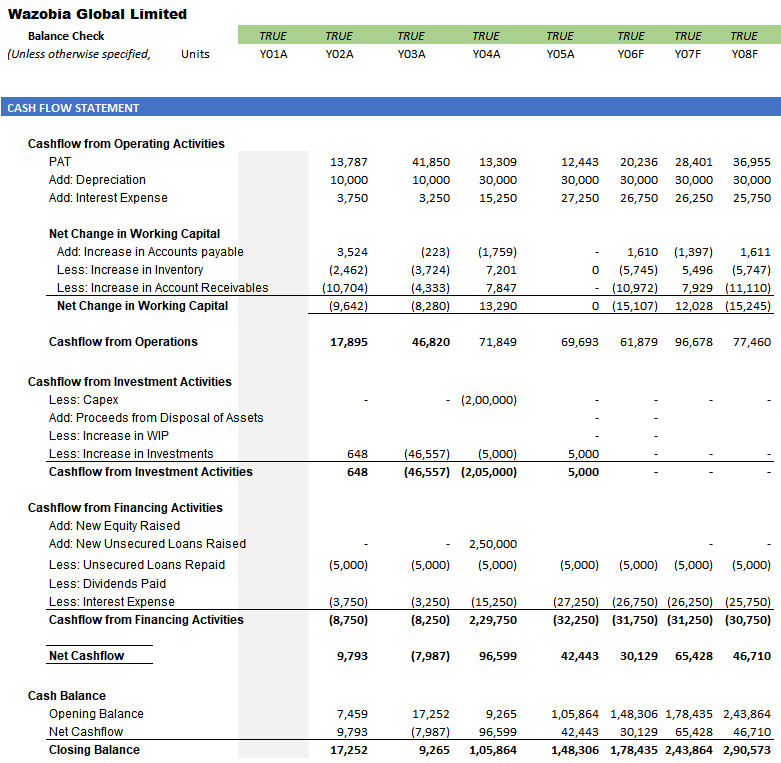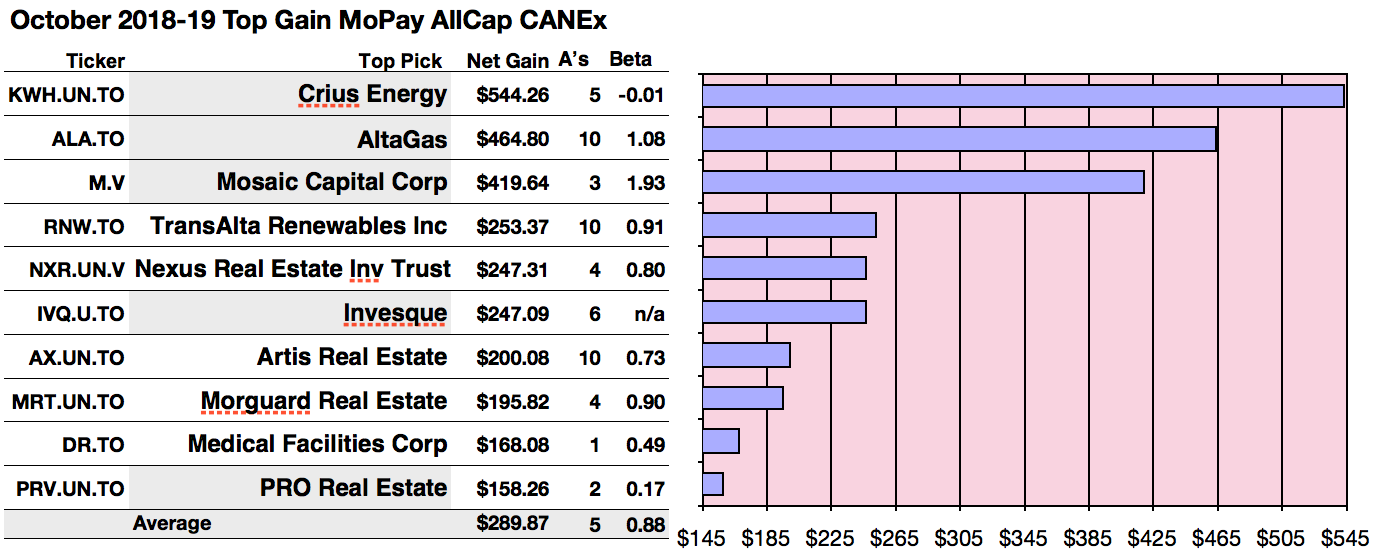Contents:


Generally, most organisations or small businesses prefer these types of ledger. This type of ledger is the overall less expensive and easy form viewpoint of preservation. At the beginning of it, the index is given and thereafter each page is serially numbered. As and When required, a new page can’t be added in this type of ledger because it is a book in bound form. It gives the information for total purchases, total sales, total purchase return, total sales return and also outflow of goods other than sales during the accounting year.
- This explains that the person who receives something debits while the person who gives something credits.
- Is when there is more than one account listed under the debit and/or credit column of a journal entry .
- When a transaction is recorded in the subsidiary book, it is posted to the ledger by posting individual entries to the personal accounts and the total to the relevant nominal account.
- The different types of accounts are prepared in a separate book, which is known as a Ledger Book.
- A collection of accounting entries consisting of credits and debits.
- Posting in accounting is when the balances in subledgers and the general journal are shifted into the general ledger.
Note that for this step, we are considering our trial balance to be unadjusted, which means it includes accounts before they have been adjusted. As you see in step 6 of the accounting cycle, we create another trial balance that is adjusted after posting adjusting entries in step 5. We will delve into these processes in the next chapter.
General Ledger and Chart of Account:
A summary showing the T-accounts, analysed using the accounting equation, for Kids Learn Online is presented below. A summary showing the T-accounts for Printing Plus is presented in Figure 3.10. Checking to make sure the final balance figure is correct; one can review the figures in the debit and credit columns. In the debit column for this cash account, we see that the total is $32,300 (20,000 + 4,000 + 2,800 + 5,500).
5 Accounting and Finance Problems SOLVED by Dynamics 365 … – MSDynamicsWorld
5 Accounting and Finance Problems SOLVED by Dynamics 365 ….
Posted: Tue, 01 Feb 2022 08:00:00 GMT [source]
The accountant would then increase the asset column by $1,000 and subtract $1,000 from accounts receivable. The equation remains in balance, as the equivalent increase and decrease affect one side—the asset side—of the accounting equation. Cross-indexing is the placing of the account number of the ledger account in the general journal and the general journal page number in the ledger account. A warranty expense is debited for the provision amount that will offset product sales revenue in the income statement and a credit is posted to warranty provision liability. The post-closing trial balance proves debits still equal credits after the closing entries have been made.
To how to calculate sales tax the total cash, credit the account because asset accounts are reduced by recording credit entries. You also have more money owed to you by your customers. You have performed the services, your customers owe you the money, and you will receive the money in the future. Debit accounts receivable as asset accounts increase with debits. In the last column of the Cash ledger account is the running balance. This shows where the account stands after each transaction, as well as the final balance in the account.
Introduction of Ledger Posting
You can see at the top is the name of the account “Cash,” as well as the assigned account number “101.” Remember, all asset accounts will start with the number 1. The date of each transaction related to this account is included, a possible description of the transaction, and a reference number if available. There are debit and credit columns, storing the financial figures for each transaction, and a balance column that keeps a running total of the balance in the account after every transaction. Notice that for this entry, the rules for recording journal entries have been followed. From journal books, a process of recording as per the rules of accounting, either on the debit or credit side of an affected account is known as posting. The accounting cycle incorporates all the accounts, journal entries, T accounts, debits, and credits, adjusting entries over a full cycle.

In the journal entry, Accounts Receivable has a debit of $5,500. This is posted to the Accounts Receivable T-account on the debit side. This is posted to the Service Revenue T-account on the credit side. In the journal entry, Equipment has a debit of $3,500.
Accounting Cycle
However, it follows a similar step-by-step process at the base. While posting, companies must also ensure some criteria, some of which include the ones given above. The change in the bad debt provision from year to year is posted to the bad debt expense account in the income statement . The change in the bad debt provision from year to year is posted to the bad debt expense account in the income statement. The post-closing trial balance can only be prepared after each closing entry has been posted to the General Ledger.
Accounting is a process of recording the financial transactions of the business. The objective of the organisation is to get useful information relating to business from the recorded entries. The next step for posting accounting definition process is the recording of credit and debit amounts. In the case of certain types of accounting errors, it becomes necessary to go back to the general ledger and dig into the detail of each recorded transaction to locate the issue. At times this can involve reviewing dozens of journal entries, but it is imperative to maintain reliably error-free and credible company financial statements.

The three golden rules of accounting must be kept in mind i.e liabilities are credited while assets need to be debited. The accounting cycle is a seven-step process followed for the completion of the accountancy task usually by double-entry bookkeeping method. Posting accounting definition involves manpower work, therefore, counted as a manual process.
It happens through a https://1investing.in/ known as posting in accounting. It is a part of the accounting cycle performed by companies. Run a trial balance and other reports to be sure the proper accounts were changed and the transactions were posted correctly. This is an easy step when you are running an accounting software. Usually this step is performed after entering a batch of journal entries, not just one.

Credit accounts payable to increase the total in the account. This is posted to the Cash T-account on the debit side beneath the January 17 transaction. Accounts Receivable has a credit of $5,500 (from the Jan. 10 transaction).
This is posted to the Common Stock T-account on the credit side . We know from the accounting equation that assets increase on the debit side and decrease on the credit side. If there was a debit of $5,000 and a credit of $3,000 in the Cash account, we would find the difference between the two, which is $2,000 (5,000 – 3,000). The debit is the larger of the two sides ($5,000 on the debit side as opposed to $3,000 on the credit side), so the Cash account has a debit balance of $2,000.
In some cases, it may also include getting information from the books of prime entry and entering it into those ledgers. It involves totaling the amounts from the initial records. Once accumulated, companies transfer these amounts to the relevant accounts in the journal ledger.
Different types of assets are purchased in the business. It gives information about the number of different assets at the end of the year. Prepare Sun Ltd.’s account in Ted Ltd.’s books of ledger. The ledger should always be marked with the account name followed by marking the debit side as Dr. and credit side as Cr. The account name heading must be in the middle of the ledger.
Otherwise, all unposted checks will be printed on the proof list. This is the act ofposting journal entries to the ledger. The T-account shows the opening and closing balances as well as the individual transactions during the period covered.
- You can learn more about the standards we follow in producing accurate, unbiased content in oureditorial policy.
- When posting the general journal, the date used in the ledger accounts is the date the transaction was recorded in the journal, not the date the journal entry was posted to the ledger accounts.
- 7.2 Calculate and compare depreciation expense using straight-line, reducing-balance and units-of-activity methods.
- Cash was used to pay for salaries, which decreases the Cash account.
- The credit is the larger of the two sides ($4,000 on the credit side as opposed to $2,500 on the debit side), so the Accounts Payable account has a credit balance of $1,500.
Second, the transaction will be recorded in the journal . Third, the transaction will be posted to the ledger . This three-step process can be used when recording and posting any accounting transaction.
How to Prepare Adjusting Entries: Step-By-Step (2023) – The Motley Fool
How to Prepare Adjusting Entries: Step-By-Step ( .
Posted: Fri, 05 Aug 2022 07:00:00 GMT [source]
Posting is always from the journal to the ledger accounts. Postings can be made at the time the transaction is journalized; at the end of the day, week, or month; or as each journal page is filled. When posting the general journal, the date used in the ledger accounts is the date the transaction was recorded in the journal, not the date the journal entry was posted to the ledger accounts. Posting in the ledger is a manual process; hence workforce is needed.
For example, J2 explains that the journal is from page 2. Posting accounting definition enables the company to know the balance of each account on a particular date. Also, this creates a crystal understanding of account balances and lessens the efforts made in finding from the individual ledger accounts. This can require a significant amount of additional research work.
